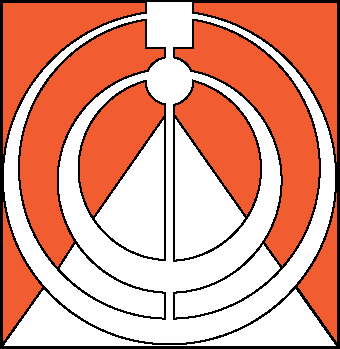Battle of the Bed Bugs: You Can't Beat the Heat
Monday, April 15, 2019
“When you are 14, acting grossed out is a rite of passage,” says Katie Bryant, a middle school science teacher who knows whereof she speaks. So if you want to engage—or even entrance—a room full of eighth graders, there are few better ways than to delve deeply into the private lives of something icky. Like bed bugs.
Along with several other Michigan teachers, Bryant, of White Pine Middle School, in Saginaw, has piloted Mi-STAR’s Unit 8.1, Pesticide Resistance in Bed Bugs. Like many Mi-STAR units, it begins with a problem for students to solve: A pest management company is being bombarded with advertisements for a new “Whiz Bang Spray.” Students help Terry, the owner, evaluate the ads’ claims and assess the long-term effectiveness of this new control method.
At the beginning of the unit, they watched a video that illustrates the problem posed by bed bugs. “It was very compelling,” says Allison VanDriessche, the middle school instructional science coach at Western Middle School, in Auburn. Then the students had to choose a solution. “There’s a tried-and-true heat treatment or this new Whiz Bang Spray that kills 99.9 percent of the bugs right away,” says VanDriessche. “Terry’s dilemma is, ‘Which should I use?’”
The bug spray had a certain appeal: it is fast and easy. “But then the kids learned about pesticides and how bugs adapt to them,” says VanDriessche. “They also learned about the heat treatment—there’s no adapting to that.”
Ultimately, all the students recommended that Terry stick to the heat treatment. Their introduction to natural selection taught them that the few bed bugs surviving the Whiz Bang Spray would likely reproduce, creating generations of pesticide-resistant bugs. Along the way, they learned about bed bug biology and the pests’ long, problematic relationship with humans.
“The kids did a great job,” says VanDriessche. “They went back and found evidence on their own time, even adding features to their presentations that weren’t in the Mi-STAR lesson. Until they looked it up, I did not know the percentage of hotels that have bed bugs.”
As part of the unit, students evaluated each other’s presentations using the Unit Challenge Assessment. “They could also make changes in their own work before presenting, and we don’t penalize them for that. They learned from each other, which turned out to be really powerful.”
One particular lesson stood out for Bryant’s class. “What the kids liked most was the telephone game,” she says. Covert messages always mutate as they are whispered by one student to the next. “That illustrated how mistakes are made in the genetic code, and how those changes are being passed from one generation to the next.”
VanDriessche has experience teaching other Mi-STAR units and works with others in her district who are new to the curriculum. “I’ve had many teachers tell me that their tougher students, who don’t engage and usually fail, are engaging and are doing really well on the tests,” she says. “In part, I believe that’s because they are member of a group, and when you have a responsibility, it’s hard to be the kid that zones out.”
As for VanDriessche, “I’ve taught for 23 years, and Mi-STAR helps me spice up my game. It’s entertaining.”
Bryant agrees. “I’m looking forward to teaching it next year.”
GET Mi-STAR NEWS BY E-MAIL!
Copyright © 2025 Mi-STAR
Mi-STAR was founded in 2015 through generous support provided by the Herbert H. and Grace A. Dow Foundation. Mi-STAR has also received substantial support from the National Science Foundation, the MiSTEM Advisory Council through the Michigan Department of Education, and Michigan Technological University.



















